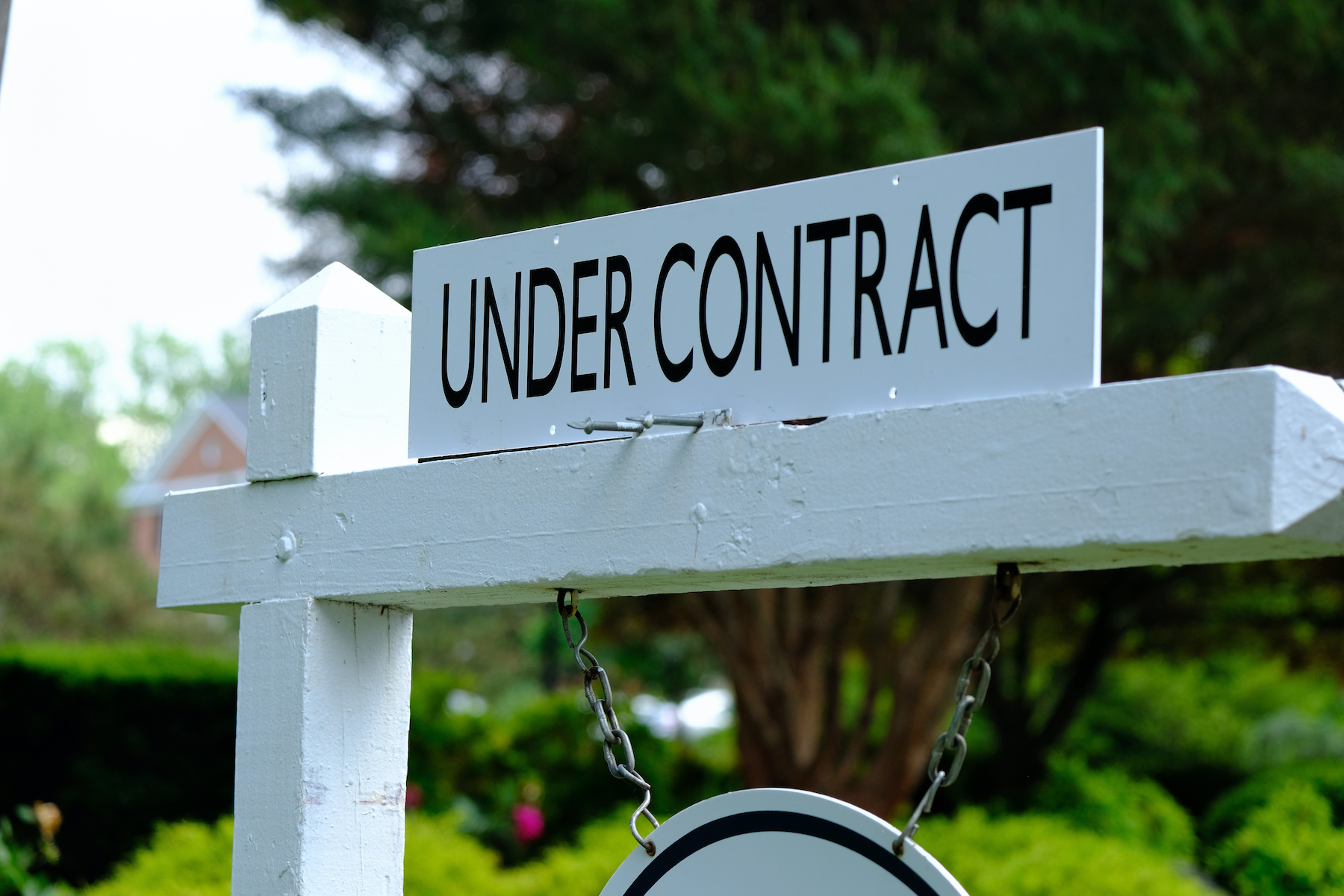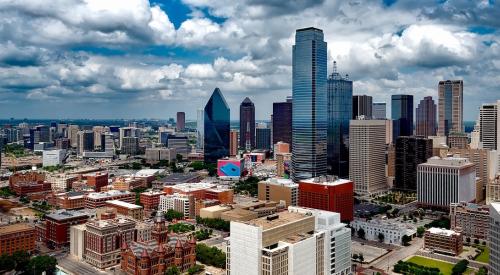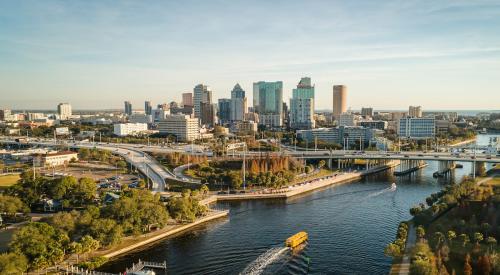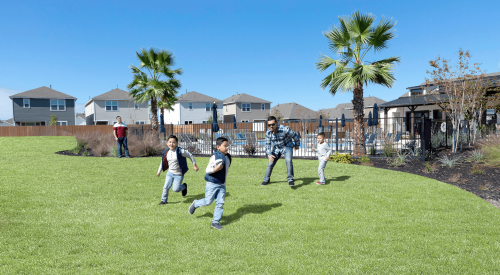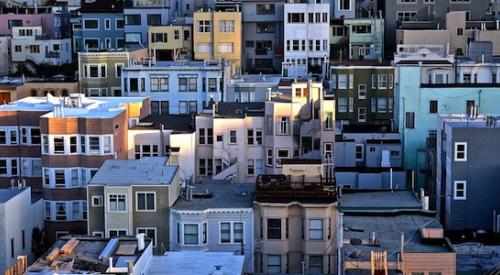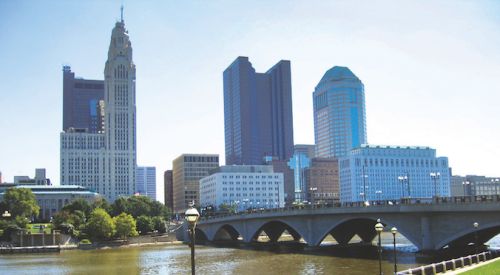The Covid-19 pandemic merely exposed a severe housing issue that was more than a decade in the making and now the housing market is ill prepared for the 72 million Millennials who are in their prime purchasing years.
“For a while, people thought millennials would stay in cities and that they would rent instead of buy. But what we learned is that they did everything slower, including buying a home,” says Robert Dietz, chief economist for the National Association of Home Builders.
The city-to-suburban shift has long been a trend as people age and look for larger spaces to build families, but the pandemic accelerated it. With new work-from-home flexibilities and lockdowns forcing people to stay inside, buyers started looking even further out, from the suburbs to the exurbs.
According to a recent report by CoreLogic, the top five metros that people left in 2020 include big cities like New York, Los Angeles, San Francisco, San Jose and Washington D.C. The cities they were moving to included Riverside California; Lakeland, Florida; the greater Myrtle Beach area; and Tampa.
When you look even further to the outer suburbs (or exurbs), these smaller metro areas saw the highest growth rate for single-family home construction at 21.7% in the first quarter this year compared to a year ago. Whereas, the large metro core areas had the slowest growth rate at 9.7% growth during the same period.
“Markets that have the largest volume of construction are in the Southeast,” Dietz says. “It’s a reflection of where the population is moving.”
Additional factors making home buying more difficult are the rising cost of building materials and higher qualifying standards for a new construction loan compared with a mortgage.
